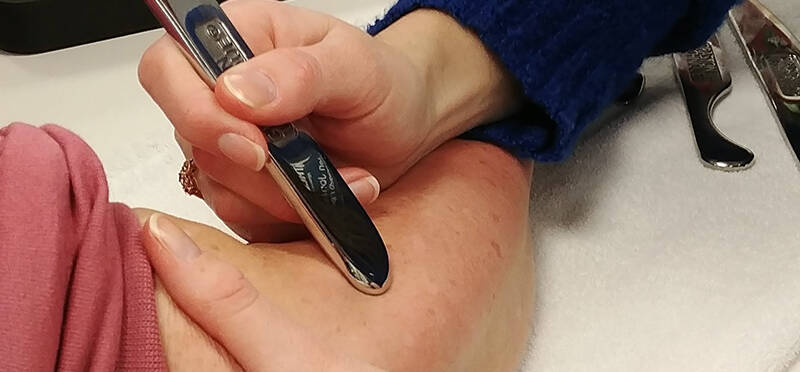3 Conditions You Didn’t Know Dry Needling Can Help
Posted on June 4, 2021 by Athletico
Updated: August 1, 2025 As is true with many things in life, there may be more contributing to your pain...
(more…)










